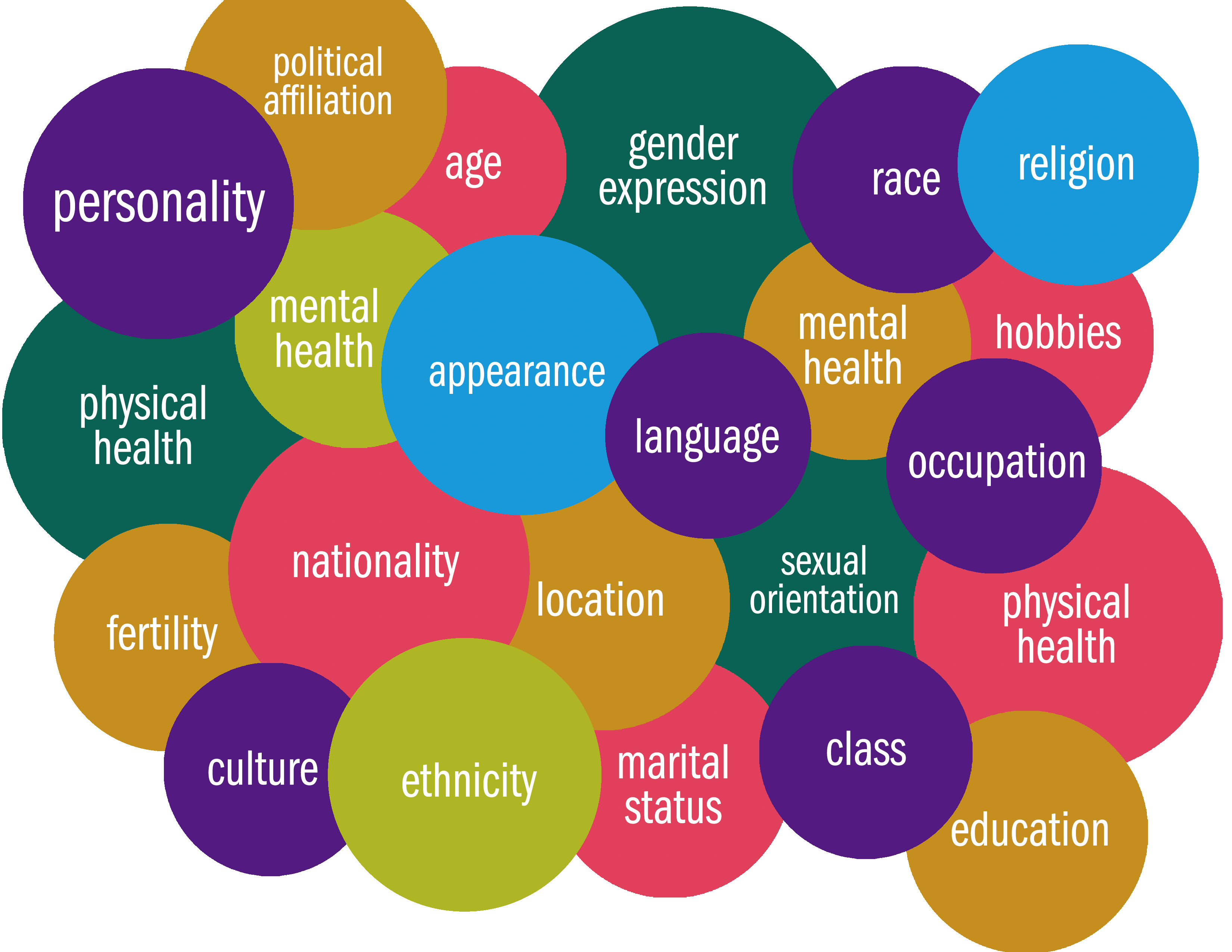Hi, I’m Ilaneet, I’m a part-time instructor with the Faculty of Social & Community Services. My name comes from the word “tree” in Hebrew.
I see the tree as a fitting metaphor for the different disciplines in which I practice, but all ultimately centered around a strong core of
commitment to equity and human rights. My professional work and academic work have been informed by my experience as a queer woman and two-time
immigrant, navigating identity and belonging from an early age. When I think about equitable and inclusive practices, a good starting point for
me has been to locate myself socially. I start by bringing inner attention and awareness to my own experience in society and the different aspects
of my identity - how they relate to systems and structures of power and oppression. This includes becoming aware of the contexts in which I experience
privilege, and how that plays out in educational settings; for example, around race, ability, gender expression…
If we think of inclusive classroom practices as intentionally creating an affirming and psychologically safe learning and teaching environment
for students, specifically for students from groups that have been systematically excluded, I feel that educators with privilege have a
responsibility to disrupt oppressive systems and practices. As a white woman, I am aware of the fact that I have benefited from how the
systems in society have been constructed to benefit whiteness.
My approach has been guided by the principle of equity vs. equality - understanding that sameness does not produce equal outcomes. I strive to look
at the student’s experience within the social context; when I consider the need for accommodation, I acknowledge a range of experiences that can
impact a learner’s capacity to learn and engage, like experiencing of grief, trauma, caring responsibilities, economic and social barriers, etc.
